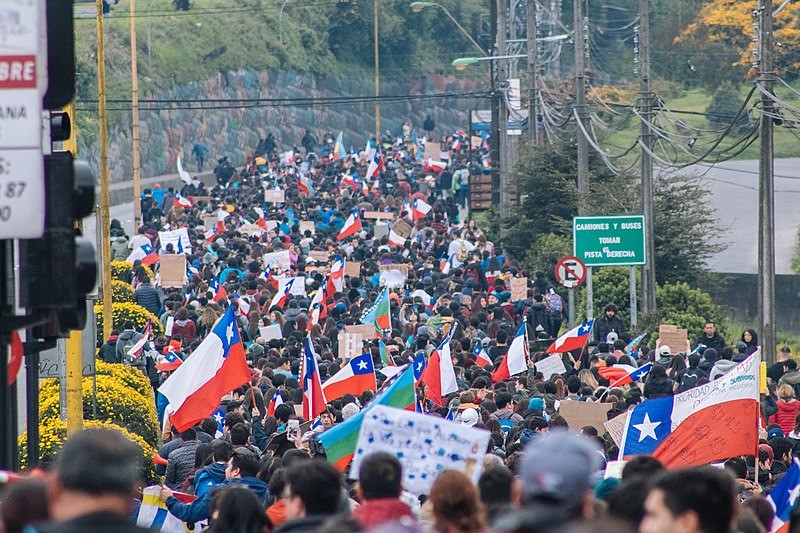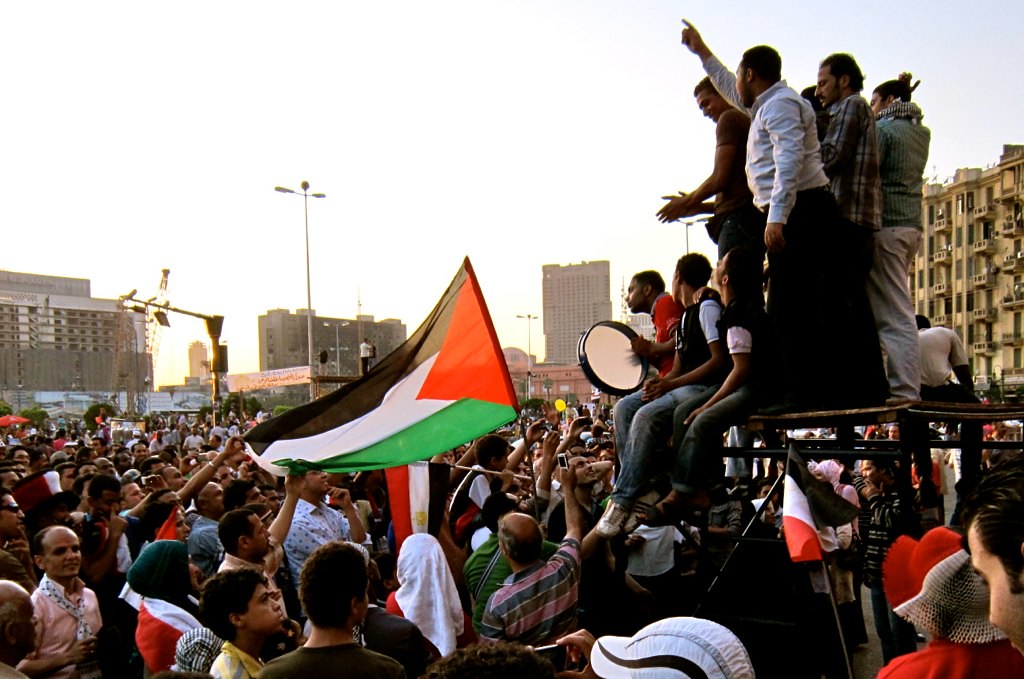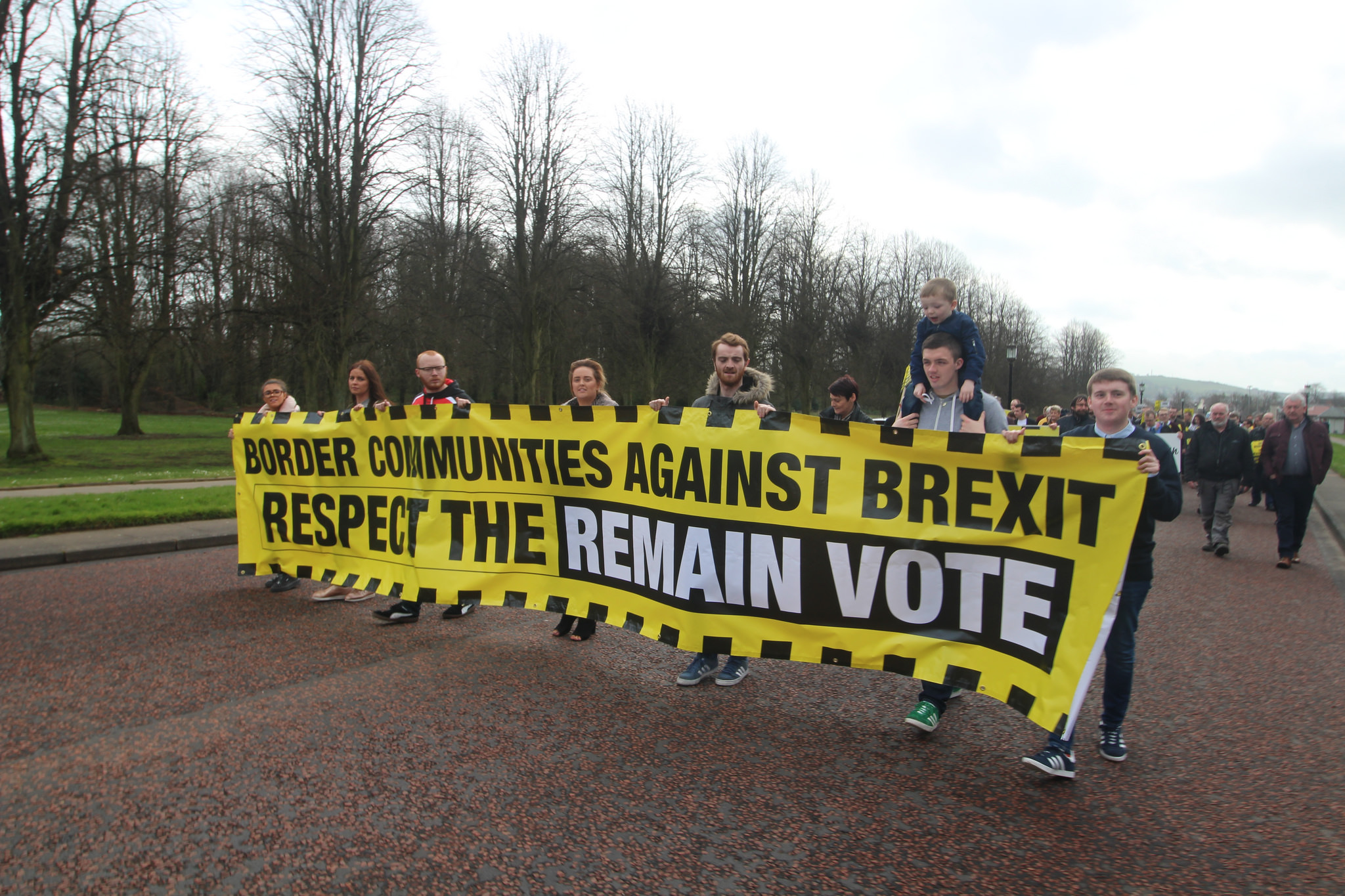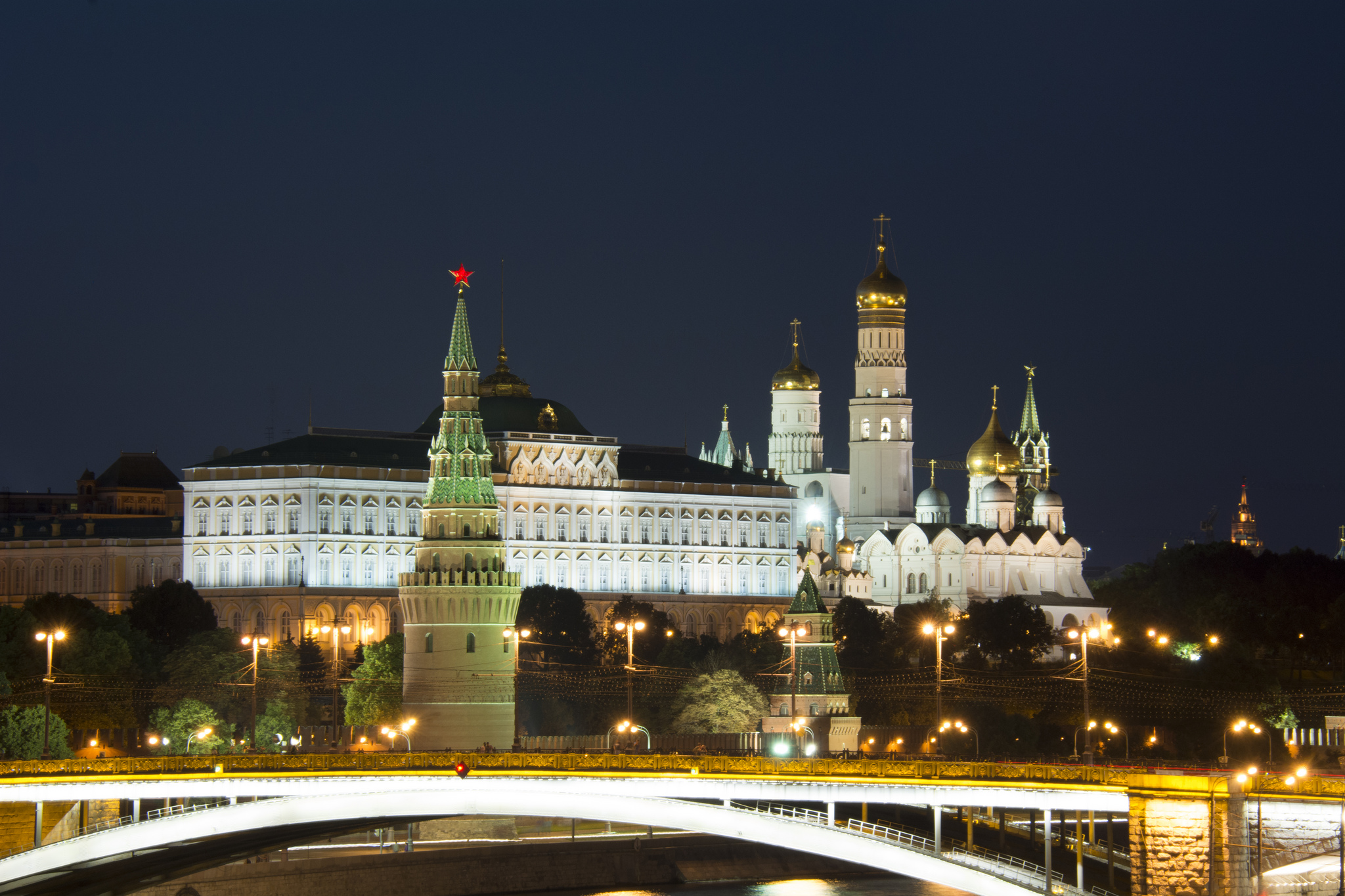Guest post by Karin Dyrstad and Charles Butcher
It began as a protest against a 4 percent rise in the price of public transport in Santiago. Four weeks later, Chilean President Piñera promised a new constitution amidst continuing social unrest. Piñera’s initial response was a mix of minor concessions and heavy repression, but after four weeks of growing protests, on November 14th, Congress made an historic agreement to begin the process of replacing the 1980 constitution. What explains this surprising turn of events?
While this astonishing outcome was in part determined by factors specific to Chile—the combination of high levels of democracy, inequality, and repression—a recent surge in studies on the outcomes of major protest movements suggests that large, diverse movements that are able to establish a formal structure are more likely to succeed. And state repression—intended to squash dissent—often ends up strengthening the movement.
Bigger is Better
Chile’s protests have been huge and spread across the country. Studies show that large protests with “maximalist goals”—things like regime change, democratization and constitutional change—are substantially more likely to result in a win for protesters than smaller protests. A key factor in this equation is thought to be the diversity of the participants—bigger protests are more likely to involve women, children, the elderly, and people from diverse backgrounds, which makes them harder to repress and signals widespread discontent against the regime.
Chile’s protests have been both: big and diverse. Pupils, students, the elderly, and indigenous people have been out on the street. Comments from the government, like the Economy Minister suggesting that people should get up earlier in the morning to avoid the costliest fare, only served to spur more anger.
As the movement grew in size, the demands of the protesters became more diverse, with calls ranging from decent public healthcare and higher pensions, to garbage collectors on strike for access to restrooms and a place to eat. The demands for better public services can also be seen as a protest against the neoliberal legacy of the Pinochet regime. Thirty years of democracy have failed to reduce economic inequalities. This helps explain why the demands increasingly have centered around replacing the 1980 constitution from the dictatorship.
Repression Didn’t Work (In This Case)
The state’s response to the protests has been harsh. When the President said “we’re at war with a powerful, relentless enemy,” the police responded—almost 2,000 people have been shot in the crackdown with an unknown number of deaths. As of December 12th, Chile’s independent Human Rights Institute has presented almost 800 complaints of human rights violations, including homicide, torture, severe injuries, and sexual violence. The complaints are registered all over the country, and the victims include vulnerable groups such as children and youth, the elderly, and pregnant women. Amnesty International has denounced the violence to the InterAmerican Human Rights Commission, and the UN Human Rights High Commissioner has condemned the disproportionate violence and launched an independent investigation, which largely supports the reports from the National Human Rights Institute.
Taken together, this was an unusually violent response that may be a legacy of Chile’s authoritarian past and elite-dominated transition to democracy, where the process to end impunity for past human rights violations has been slow.
The repression didn’t work. Soldiers patrolling the street and a nightly curfew angered Chileans and brought more people onto the streets, culminating in the march of more than a million people in Santiago on October 25th.
This isn’t uncommon. States use repression to deter participation in protests, but often this backfires, bringing more people out onto the streets. Backfire is especially likely when the brutality is broadcast widely, which it has been in Chile, both on the national news and through social media. However, repression can also have a demobilizing effect.
Developing an Organizational Backbone?
Studies suggest that the involvement of large organizations and especially trade unions and industrial workers may tip the balance in favor of the opposition. This is because unions are able to impose significant economic costs on the regime and bring with them an organizational backbone that can sustain protests through repression and through complex negotiations that follow leadership changes. Chile’s protests have been largely “leaderless,” and a critical question was whether it would be able to sustain the momentum and get the backing of more durable organizations. This seems to have started to change with the umbrella organization Social Unity, which presently gathers more than 150 organizations, from trade unions and student associations to indigenous groups and human rights organizations. The organization has been organizing cabildos, or outdoor, town hall-style meetings to discuss ways out of the crisis. The organization also called for a national strike on November 12, two days before the President gave in and promised constitutional change.
What’s Next for Chile?
Protesters in Chile have succeeded in convincing the government to begin the process of creating a new constitution. But the devil is in the details—there are still many technical aspects to be solved around the process towards a new constitution, not to mention the content itself. Moreover, Social Unity quickly declined the November “peace agreement” and presented an alternative proposal for what the process should look like, based on input from the cabildos. Disagreement on the process and content of the new constitution could be stumbling blocks that divide the opposition parties and the social movement alike.
The November agreement promises a referendum to be held in April 2020. While the country has returned to normality for now, it will be crucial for the political parties to maintain the momentum of the process and carry out the referendum as planned. Otherwise, we may see protesters take to the streets once again.
Karin Dyrstad is an Associate Professor in the Department of Sociology and Political Science at the Norwegian University of Science and Technology. Charles Butcher is an Associate Professor in the Department of Sociology and Political Science at the Norwegian University of Science and Technology.







1 comment
That was a good blog post. There is still some uncertainity about why do some protest succeed when other ones to end with failure. It should be more complicated than case of chilie. Some historical, political, economical and sociologically mixture of reasons should be involved.